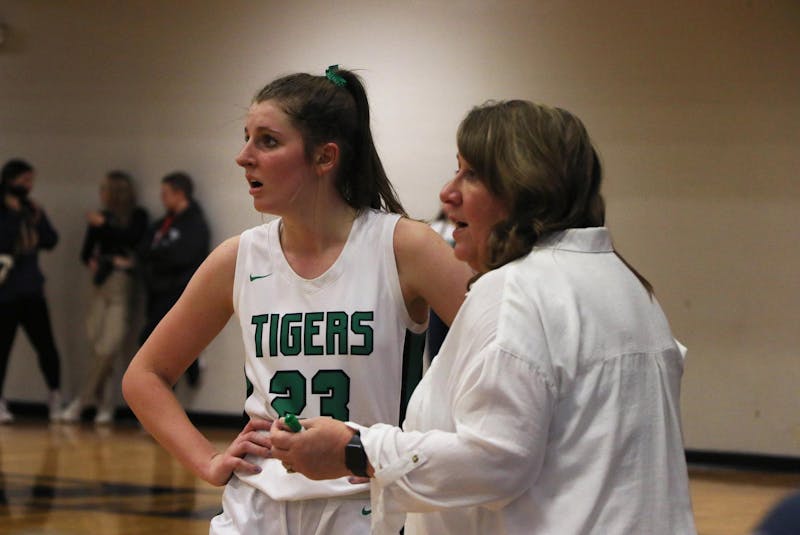Ball State University President Geoffery Mearns welcomed students to an open forum at the L.A. Pittenger Student Center Nov. 19 to discuss the next iteration of the university’s strategic plan, Destination 2040: Our Flight Path.
Mearns addressed the plan and its five key goals.
Goal One: Undergraduate Excellence and Innovation
This goal aims to give every undergraduate student a “premier, on-campus” experience.
Mearns wishes to achieve this goal by having academic advisors guide first-year students through their first year on campus.
“[It’s] not just [about] enrolling students but about ensuring that they retain and graduate at high rates,” Mearns said.
Goal Two: Graduate Education and Lifetime Learning
The university wants to achieve this goal by maximizing student's education through the curriculum and resources.
Mearns explained that “the scope of education is changing.” He discussed the possibility that five to six years after graduating college, former students may need more than an undergraduate degree, which could include certifications or credentials to grow in their career path.
Goal Three: Community Engagement and Impact
Mearns said the university wants to help enhance the surrounding Muncie community with its new strategic plan. He said the university took into account survey results from the Muncie Community School system, where faculty members shared opinions related to enhancements.
Additionally, he also mentioned the upcoming renovations to The Village, saying it was an important part of this goal.
RELATED: New additions coming to Ball State’s University skyline in 2026
“[We want to] retain outstanding talent that's important to the future of our region,” Mearns said.

Goal Four: Scholarship and Societal Impact
For goal four, Mearns mentioned faculty and staff can engage with students and help them create research.
He talked about the teacher-scholar model, which is a model where students work one-on-one with teachers on a project.
“One of the things that we're very proud of at Ball State is that our faculty work hand-in-hand in collaboration to improve,” Mearns said
Goal Five: Institutional and Inclusive Excellence
The final goal is to ensure that the university can create a positive culture to help faculty and staff lead meaningful lives.
Mearns talked about how, no matter what, no one can find their purpose by just graduating college. He went on to say that one needs more life experiences than school to “find who they are.”
“To be honest, we're all trying to figure out why we're here, right?” he said.
An open discussion followed Mearns’ Destination 2040 presentation, where students were asked to answer questions Mearns prompted. One question he asked was, "What expectations did Ball State meet/didn’t meet, and what would students tell a junior in high school about Ball State?"
Those questions prompted discussions related to transportation, the community and student knowledge of campus health resources.
A student who attended the forum said she hopes advisors could do more to make sure students know what is going on with their classes, citing a frustrating experience she had while picking classes during first-year orientation.
Campus health resources were brought up by another attendee, who spoke on how first-year students might not know where and how to access these resources because “they’re not really advertised throughout the university.”
Transportation was another big topic because students attending the forum vocalized they felt as though Ball State didn’t meet that goal. Since TransLoc is no longer used by the university, students who use the campus bus loops can no longer track them.
RELATED: Ball State’s campus offers students a variety of ways to get around, as does the Muncie community
“I'm not exactly sure why [TransLoc] was discontinued, but our outstanding students at digital core are now working on our own technology to address that,” Mearns said.
If students wish to help with this plan, Mearns asked students to be involved and to continue to voice their opinions on topics and issues. Students can do this by putting their thoughts in an end-of-year survey in the spring.
“So, as much as we try to anticipate and plan for the future, we also need to be prepared that unexpected things can certainly happen,” Mearns said. “I'm grateful for their input because we want to make sure that voices of our students, and the perspectives [of] our students are reflected in our plan.”
Contact Shelby Anderson via email at sanderson9@bsu.edu.





The Daily News welcomes thoughtful discussion on all of our stories, but please keep comments civil and on-topic. Read our full guidelines here.